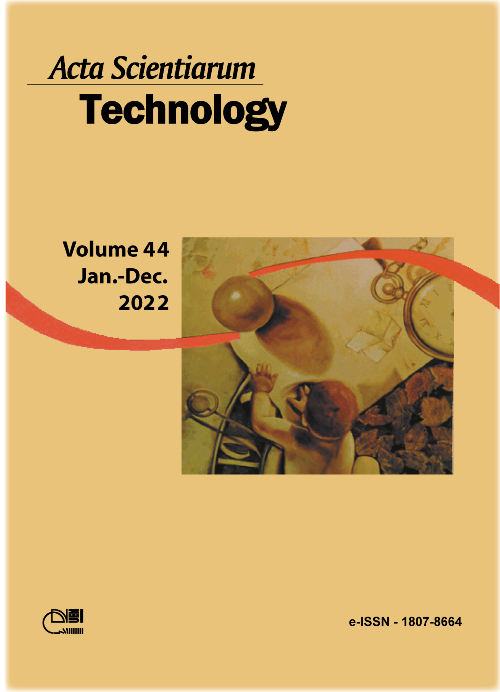Daylighting evaluation in deep plan office buildings with OPV windows through simulation on Radiance
DOI:
https://doi.org/10.4025/actascitechnol.v44i1.58823Palavras-chave:
visual performance; computer simulation; isolux curves; Daylight Glare Index; render images.Resumo
This research aims to evaluate the OPV window (OPVW) potential application in a deep-plan multi-storey office building, in order to verify its contribution to indoor daylighting quality. OPVW is a cost-effective technology with reduced environmental impact, suitable for application in a multi-story office building due to its potential to adapt to different architectural configurations, lightness and transparency, etc. In an earlier study developed by the authors, an experiment was conducted with a generic office room scale model. Three window materials were compared under real sky conditions (overcast and clear): 3 mm single glass (A scenarios); single glass with OPV (B scenarios); and single glass with application of solar control film (C scenarios). In the present study the same parameters from the experiment were used as input for simulations on Radiance, whose results were compared to previous (work plane illuminance, Daylight Factor and model interior photographs). We found similarities between them. Thus, further results were produced: isolux curves, Daylight Glare Index and render images. The rendered images show a brighter view at A scenarios, and at B and C scenarios. Even if average illuminance is reduced, a better daylight distribution and a reduction in glare are achieved. DGI indicates perceptible glare for some of A scenarios. On the other hand, at most of B and C scenarios, glare was below the perceptible range. Furthermore, the scenarios with OPVW (B scenarios) still show one more advantage: the energy production for artificial lighting when illuminance values are not sufficient.
Downloads
Referências
Downloads
Publicado
Como Citar
Edição
Seção
Licença
DECLARAÇíO DE ORIGINALIDADE E DIREITOS AUTORAIS
Declaro que o presente artigo é original, não tendo sido submetido í publicação em qualquer outro periódico nacional ou internacional, quer seja em parte ou em sua totalidade.
Os direitos autorais pertencem exclusivamente aos autores. Os direitos de licenciamento utilizados pelo periódico é a licença Creative Commons Attribution 4.0 (CC BY 4.0): são permitidos o compartilhamento (cópia e distribuição do material em qualqer meio ou formato) e adaptação (remix, transformação e criação de material a partir do conteúdo assim licenciado para quaisquer fins, inclusive comerciais.
Recomenda-se a leitura desse link para maiores informações sobre o tema: fornecimento de créditos e referências de forma correta, entre outros detalhes cruciais para uso adequado do material licenciado.















